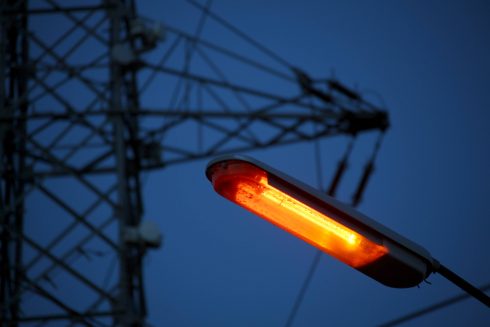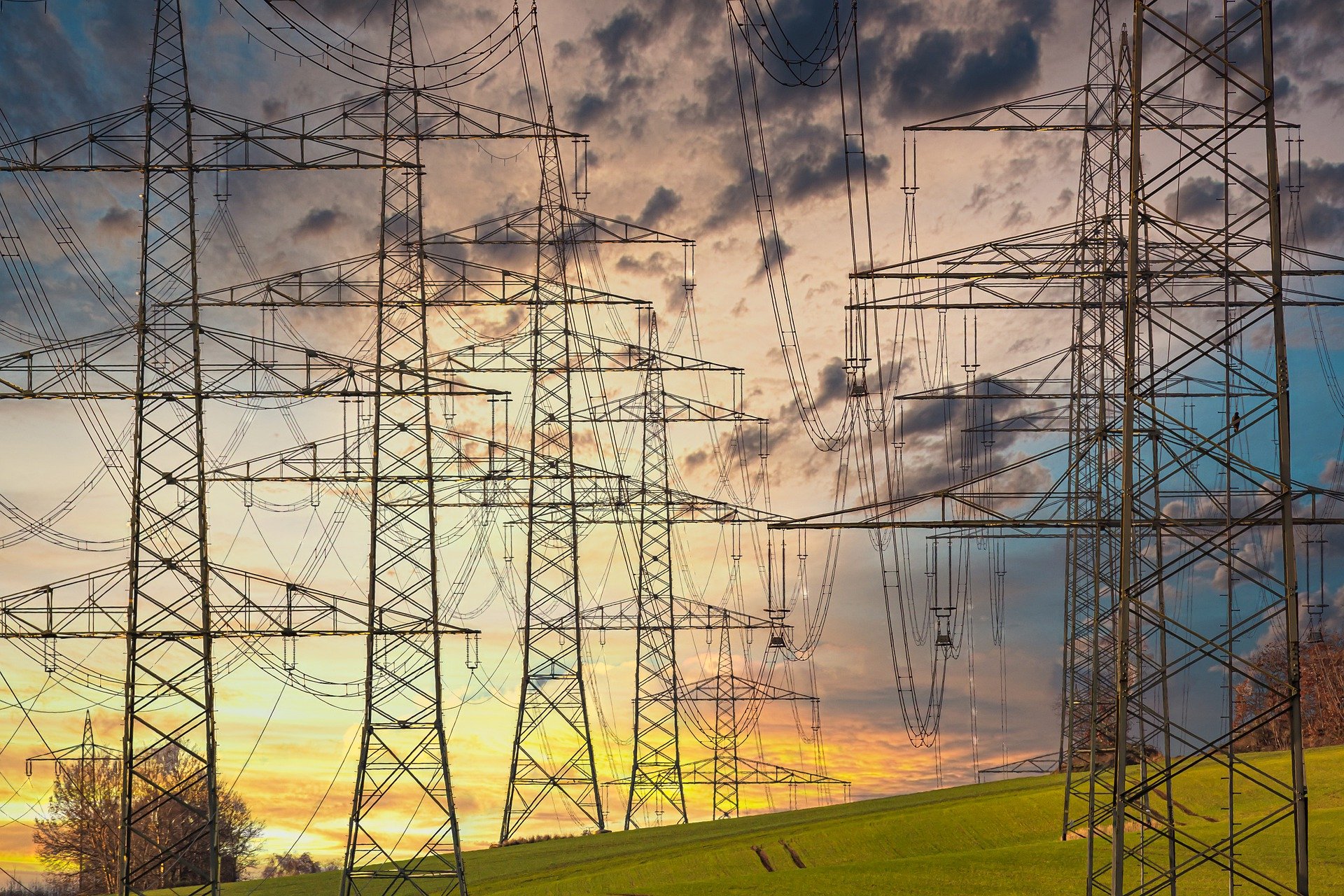SPAIN’S energy regulator has sounded the alarm over the state of the country’s energy grid – almost six months after the country was plunged into a nationwide blackout for hours.
The National Commission for Markets and Competition (CNMC) has warned of ‘dangerous swings’ in the network, warning the country has just five days to put emergency measures in place or risk a repeat of the blackout scare that swept the country earlier this year.
The regulator has rushed out a resolution this week ordering temporary rule changes after grid operator Red Electrica reported sharp fluctuations in voltage that could destabilise the entire peninsular system.

The watchdog has given a deadline of October 15 for the consultation, citing the immediate threat to supply security.
The measures, once approved, will take effect immediately for 30 days and can be extended in 15-day periods if the problems persist.
The crisis mirrors the blackout threat of last spring, when sudden drops in stability left millions fearing power cuts.
Officials now admit the grid is again at risk in early autumn, with solar surges and rooftop ‘self-consumption’ schemes creating abrupt shifts in demand.
‘Self-consumption’ in Spain refers to electricity that people or companies generate for their own use – for example, solar panels on a house, a block of flats, or a factory roof.
Instead of drawing power from the grid, they produce part (or all) of what they need themselves.
When there’s lots of sunshine, thousands of these small rooftop systems cut demand on the main grid all at once.
Then, if clouds roll in or consumption patterns change, the grid sees sudden jumps up or down, creating unstable voltage.
READ MORE: Spain is given ultimatum by the EU for failing to ‘fully implement’ its renewable energy directive
The regulator warns that even though voltages have remained within formal limits, the sudden jolts could trip generation units or force demand disconnections – potentially cascading into wider instability.
The CNMC resolution reveals the technical fixes being rushed through: changes to daily scheduling deadlines, tighter management of reserves, forced ramping rules to prevent step jumps in power flows, and stricter voltage control checks on generators.
Backup thermal plants will be called up at short notice to keep reserves stable.
Javier Blas, co-author of The World for Sale, said the emergency was entirely predictable, warning: “Spanish grid asks for urgent measures – to be implemented in 5 days – to stabilise the electricity network as voltage swings again sharply, with the situation similar in early autumn to spring during the blackout.
READ MORE: Spain and Portugal’s April power blackout caused by excessive voltage
He added: “For months, the Spanish grid operator (and the government) had been procrastinating about the country’s electricity problems. It was the fault of everyone else but them.
“Now, urgent measures are needed in 5 days – or else. Will someone assume their responsibility now?”
At the heart of the problem is Spain’s rapid pivot to renewables.
Thousands of homes, factories and businesses now generate their own electricity through rooftop solar panels.
While that has cut reliance on fossil fuels, it has also made the grid less predictable.
When solar production is high, demand on the main grid plunges – but when clouds roll in, demand spikes back, leaving the system scrambling to keep up.
READ MORE: Gibraltar blackout: Contractors working on new £1.8bn data centre blamed; power to return from 7pm
The CNMC admits the emergency fixes could drive up costs and squeeze market competition, but argues they are unavoidable until deeper structural reforms are in place.
Red Electrica has been ordered to report daily to the regulator on the implementation and impact of the changes.
The resolution will be published in Spain’s official state bulletin in the coming days.
While opponents continue to point the finger at solar and wind, analysts stress the real culprit is Spain’s fragile grid.
READ MORE: Spain could suffer from further blackouts this summer as original causes ‘unresolved’
Renewables have slashed bills and cut fossil imports, but the system has not been reinforced at the same pace.
The blackout last April – and this week’s emergency appeal from the regulator – both highlight the same issue: without urgent investment in batteries, interconnections and stabilising technologies, Spain’s green energy boom will remain vulnerable to sudden shocks.
For now, Spaniards are being reassured that the lights will stay on – but the scramble to shore up the grid has exposed the fragility behind the country’s celebrated green energy boom.
Click here to read more Green News from The Olive Press.








